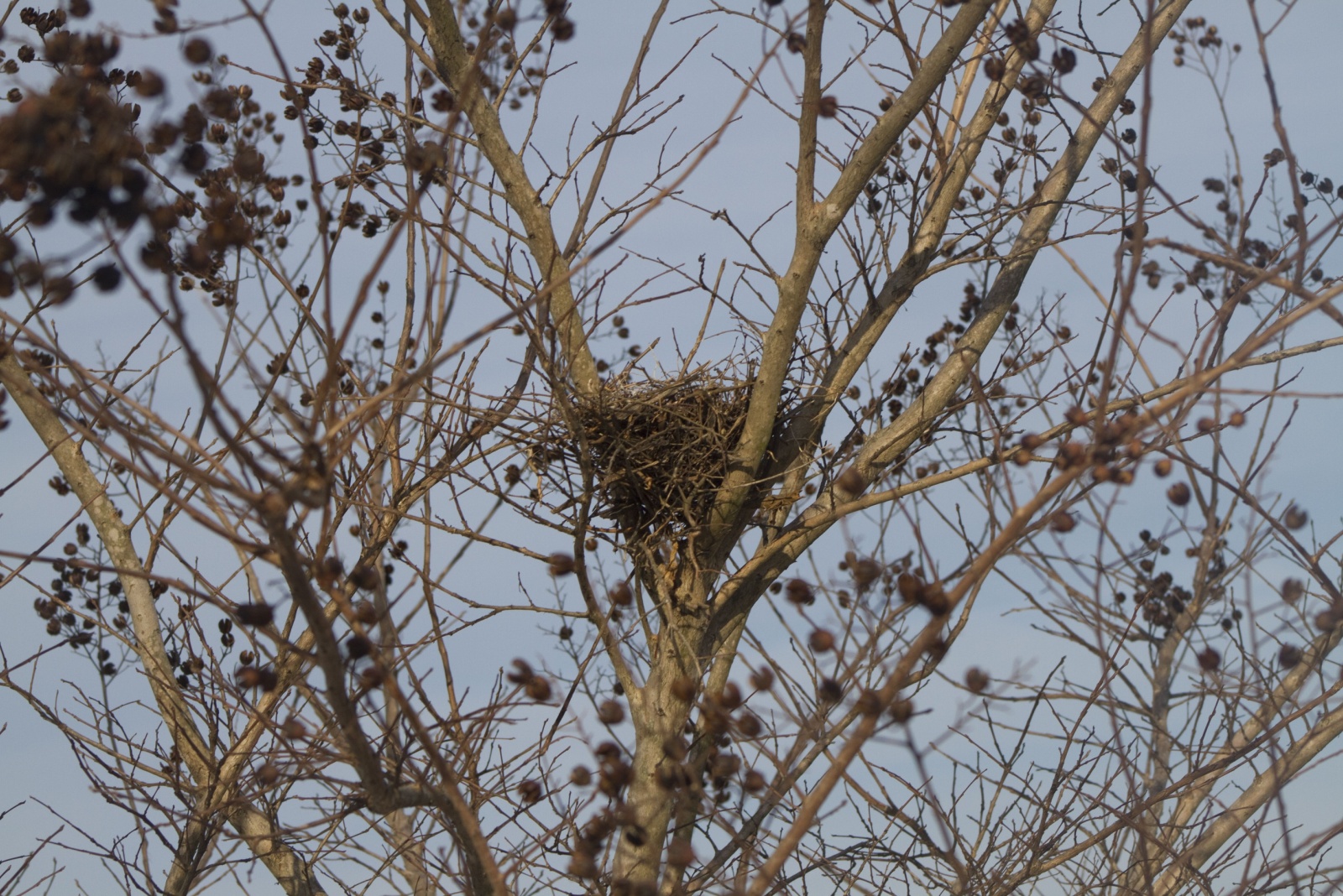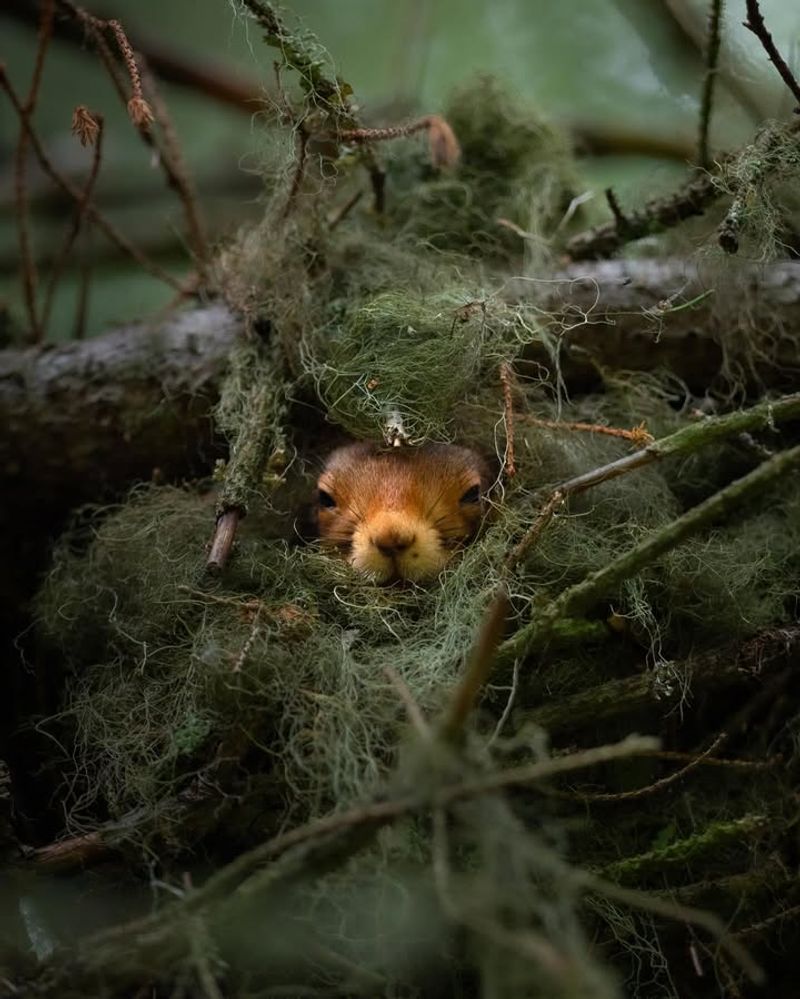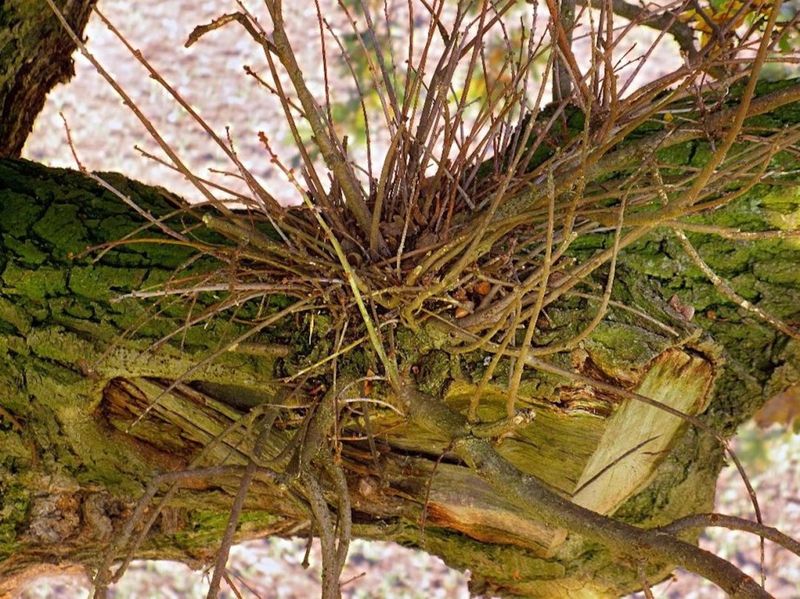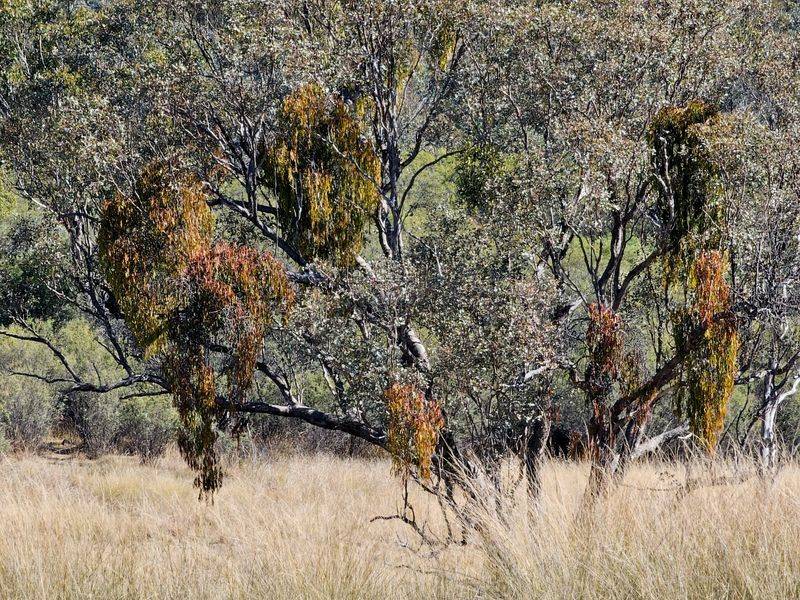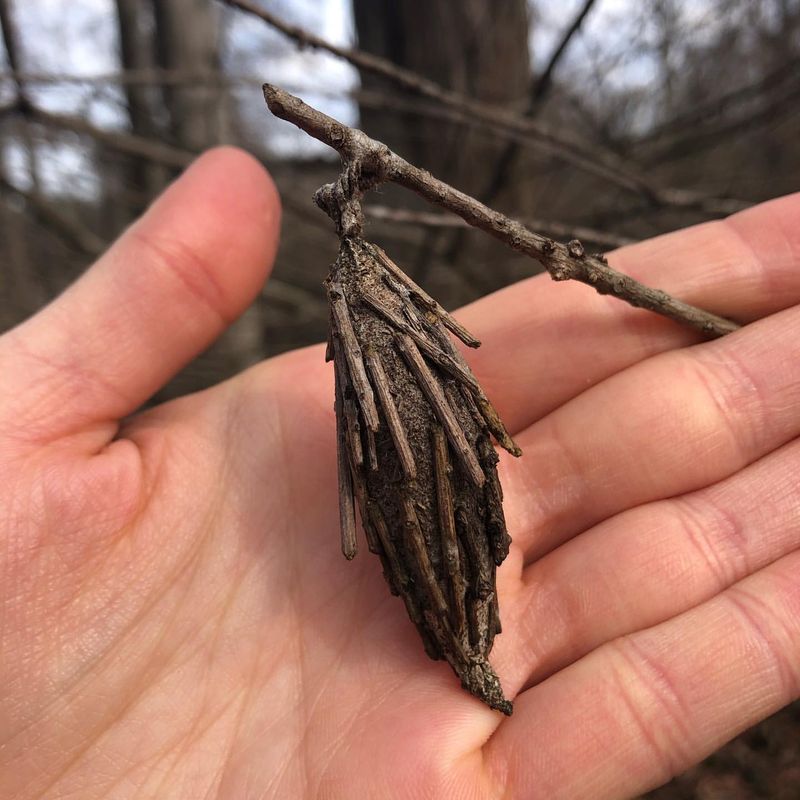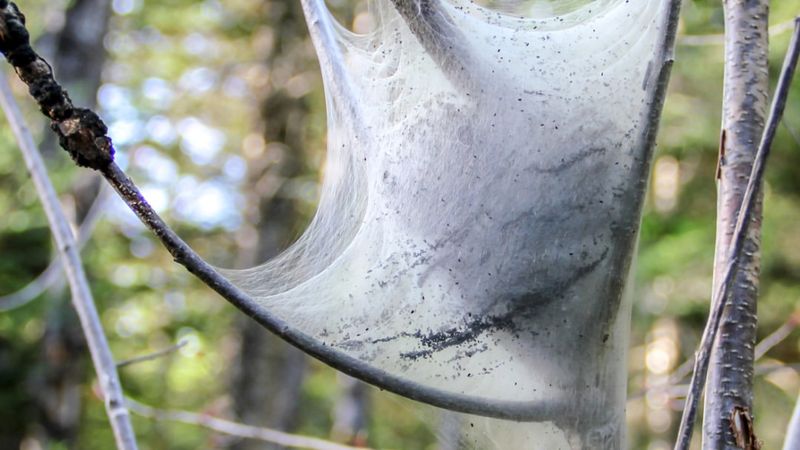Ever spotted a mysterious ball of leaves high up in your Nevada tree and wondered if birds built a cozy home there? You might be surprised to learn that most of these leafy clusters aren’t nests at all.
Many different things can cause leaves to bunch together in trees, and understanding what they are can help you take better care of your yard. Let’s explore what that clump might actually be and why it matters to your trees.
1. Squirrel Dreys: Nature’s Leafy Apartments
Squirrels are master builders who create impressive homes called dreys using leaves, twigs, and bark. Unlike bird nests, these structures are much larger and look messier from the outside. You’ll usually find them wedged between branches or tucked into tree forks.
During Nevada’s cold winter months, squirrels line these dreys with soft materials like moss and grass for extra warmth. If you watch carefully at dawn or dusk, you might catch a bushy tail disappearing into the entrance. Most dreys measure about two feet across, making them way bigger than any bird nest you’d typically see in your neighborhood trees.
2. Witch’s Broom: A Mysterious Tree Disease
Strange clusters of twisted branches and leaves can signal a condition called witch’s broom, caused by fungi, mites, or viruses. The name comes from old folklore because these growths resemble the bristly brooms witches supposedly rode. Infected branches grow abnormally dense and tangled, creating that clumped appearance.
While witch’s broom rarely kills trees, it does weaken them over time and looks pretty weird. Nevada’s dry climate can actually slow the spread of some fungal types. Pruning affected branches during dormant seasons helps keep your tree healthy and prevents the problem from spreading to other parts of the canopy.
3. Mistletoe Infestations Taking Hold
That romantic holiday plant is actually a sneaky parasite when growing wild in your trees. Mistletoe sends roots into tree branches and steals water and nutrients, creating thick green clumps year-round. Birds spread the sticky seeds from tree to tree, making infestations common across Nevada.
Heavy mistletoe growth can seriously damage or even kill trees by draining their resources. The clumps stay green even when host trees lose their leaves seasonally. Removing mistletoe requires cutting infected branches at least a foot below the attachment point, otherwise it just grows right back and continues causing harm.
4. Leaf Galls: Insect-Caused Growths
Tiny insects like wasps, mites, and aphids can trick trees into growing weird formations called galls. When these bugs lay eggs on leaves or inject chemicals, the tree responds by creating protective tissue that looks like lumpy clusters. Each insect species creates its own unique gall shape and size.
Most galls are harmless to healthy trees and just look strange. Nevada’s cottonwoods and willows commonly develop these growths during spring and summer. The insects complete their life cycle inside, then emerge as adults. While removing galls isn’t usually necessary, keeping trees well-watered helps them handle the stress better.
5. Bagworm Infestations and Their Silk Bags
Bagworms are sneaky caterpillars that build protective cases from silk and bits of leaves, creating what looks like small hanging pinecones. Each larva carries its bag around while feeding on tree foliage. When infestations get bad, dozens of these bags cluster together on branches.
Female bagworms never leave their bags, even as adults, and lay eggs inside for next year’s generation. Nevada’s junipers and pines are favorite targets. Handpicking bags in winter before eggs hatch prevents serious damage. Left unchecked, heavy infestations can defoliate entire trees and cause permanent harm to your landscape.
6. Spider Mite Webbing Creating Leaf Clusters
Spider mites are microscopic pests that spin fine silk webbing over leaves and branches as they feed. When populations explode during Nevada’s hot, dry summers, their webbing can bind leaves together into tight clusters. The affected foliage often turns yellow or bronze before dying.
You’ll need a magnifying glass to actually see these tiny troublemakers, but their damage is obvious. Mites thrive in dusty, drought-stressed conditions common throughout Nevada. Regular watering and occasional hosing down of foliage helps control populations. Severe infestations may require horticultural oils or miticides to protect your trees from serious damage.
7. Natural Branch Die-Back And Dead Leaves
Sometimes branches die from disease, drought, or damage, but their dead leaves don’t fall off right away. Instead, they stay attached and cluster together, creating brown clumps that persist for months. Nevada’s dry climate means dead leaves often remain stuck longer than in humid areas.
Branch die-back can signal underlying problems like root damage, pest issues, or water stress. Dead wood attracts bark beetles and other pests that can spread to healthy parts. Pruning out dead branches improves tree health and appearance while reducing pest habitat. Regular inspection helps you catch problems early before they threaten the entire tree’s survival.

